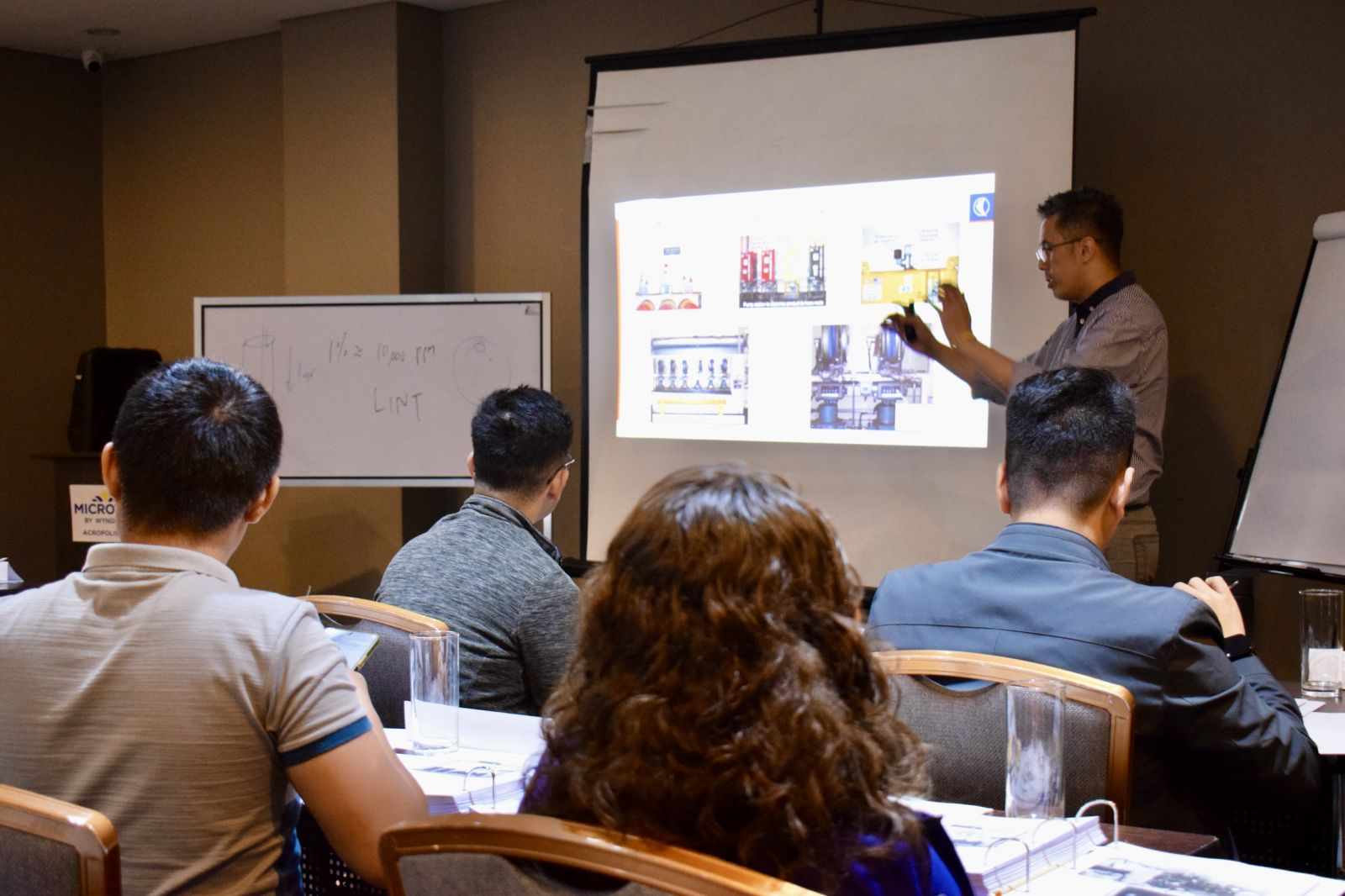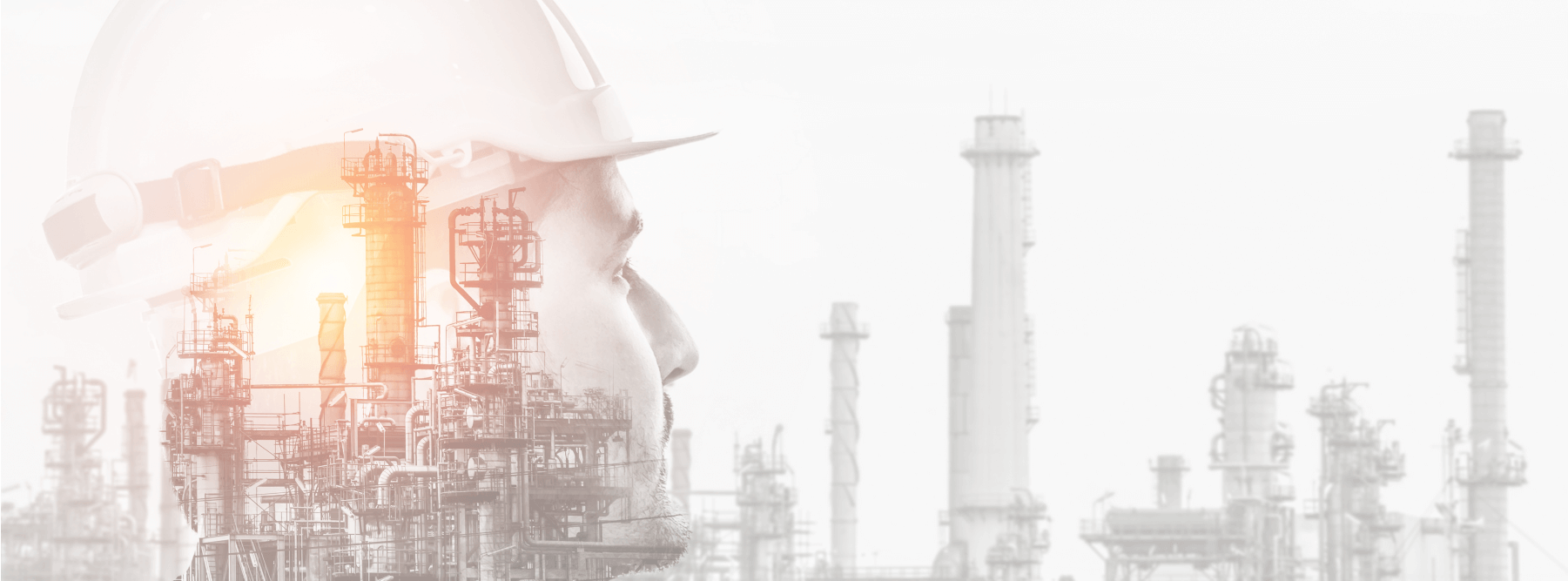Learn the essential steps for effective oil flushing to maintain machinery performance and longevity. Our guide covers preparation, inspection, flushing, and more. Optimize your maintenance practices with these best practices for reliable and efficient equipment operation.

Maintaining the longevity and effectiveness of machinery is crucial when it comes to maintenance. One critical procedure that plays a significant role in this regard is oil flushing. Proper oil flushing removes contaminants, ensuring the system's reliability and performance. According to Machinery Lubrication, this blog post delves into the essential steps of oil flushing, drawing from best practices to help maintain your machinery in peak condition.
Understanding Oil Flushing
Oil flushing is a maintenance process designed to clean the internal components of machinery by circulating oil through the system. This process dislodges and removes built-up contaminants that can hinder performance and cause premature wear. Effective oil flushing is a proactive step to prevent potential equipment failures and enhance overall reliability.
When it comes to commissioning or maintenance, oil flushing of spinning machinery is frequently forgotten. But in the event of a system failure, it takes precedence over planning, with an emphasis on speedy system recovery. The following six procedures ensures a successful high-velocity oil flush.
Step 1: Understanding and Realization
The first step is to recognize that most commissioning groups and maintenance personnel are not oil flushing experts. The first step is realizing that there are specialists in the field on hand. But flushing firms are not created equal. Bigger businesses frequently place more emphasis on chemical cleaning and demand that contracts include oil flushing.
Step 2: Research
Contact recommendations and case studies from reputable oil flushing companies. Visit the contractor's location, go over paperwork, and give calls. Key functions include product cross-contamination avoidance, equipment handling, and corporate maintenance. Examine the safety strategy rather than merely depending on the promises made by the salesman. There may be expensive delays or system damage if the company hasn't cleansed your device previously. For an oil cleansing treatment to be successful, always seek professional assistance and follow up procedures.
Step 3: Planning
Planning should be done during system operation for owners or end users, but it is frequently neglected during system failures. A tailored plan should be made that include the following:
- Written protocols
- Materials to avoid important equipment
- Supplies from the contractor and the site
- Step-by-step instructions
- Safety precautions
- Standards for carrying out an oil flush and guaranteeing system cleanliness
This approach ensures a smoother and more efficient operation of the system.
The requirements for lubricating system cleanliness are dependent on things like flushing for commissioning. Manufacturers stipulate cleaning standards in order to fulfill warranties. It is advised to use ASTM D6439-99 or API 614 for general-purpose lubricating oil systems. It is recommended that you adjust the strategy in accordance with the manufacturer's standards for each system. Here are the additional factors to take into account:
- A spill prevention strategy
- Safety data sheets
- Emergency contact phone numbers
- Signature lines for process approval
- Deviations from the established protocol
Step 4: Verification
It's important to confirm a number of things before doing an oil flush, such as the contractor's qualifications, foreign material, and checklist. Before staging, create a checklist, execute it, and look for contamination. Make sure all supplies are sufficient and request strategies for the exclusion of alien materials. Ask reliable contractors for their flow charts, maintenance methods, calibration certificates, and records of pressure testing. It is also expected of them to take you through their standard operating procedures.
Step 5: Execution and Delays
System coolers should be avoided if you want your oil flush to be successful. They can collect dirt, reduce flow, and create delays. If possible, pull and clean each one separately. If not, flush as a separate circuit. Consider flow rather than pressure when doing an oil flush. Even when the fluid becomes turbulent at a Reynolds number of 4000, foreign elements might still be removed. The system seems clean, but when the pump is started and stopped, debris is expelled, which might be confusing. When oil flushing a system successfully, the goal flow should be two to three times the typical flow rate of the pumps. This can be achieved by running the primary and redundant pumps by hand or by using temporary external pumps.
Before inserting the inspection medium, it is advised to carry out a 24-hour "course" flush at high flow to guarantee adequate oil flushing. After the first flush, position the media so that it is farthest away from the filter. Run the system for an hour, and then check the media. Increase the initial course flush duration for larger systems to 48–72 hours. Delays in the procedure might mount up rapidly. A lengthier oil flush delay can be caused by poor decision-making and a shortage of the right individuals. Since over 90% of oil flushing operations are now 24/7, identifying the decision-maker for all parties up front helps prevent a lot of delays. In certain cases, oil flushes can be saved by having decision-makers available at the appropriate time.
Step 6: Documentation
To make sure an oil flush is proceeding as planned, record every detail of the process, including temperature, flow, pressure, filter life, and work activity. It is essential for ensuring safety to gather these documents, processes, and pictures at the conclusion of the flush. This documentation is valuable for future maintenance and helps in tracking the system's health over time. Plan regular follow-up checks to ensure the system remains clean and efficient.
Training for Excellence in Oil Maintenance
In conclusion, implementing a thorough oil flushing procedure is a critical aspect of machinery maintenance. By following the essential steps outlined above, you can ensure that your equipment operates smoothly and efficiently. Investing in proper training for your maintenance team further amplifies the benefits, positioning your operations for long-term success. Regular oil flushing and ongoing education are key to maintaining the health and reliability of your machinery.
To execute oil flushing effectively, specialized training is essential. CRE Philippines offers Oil Analysis Certification Training program equips your team with the knowledge and skills required for proficient oil maintenance. This training covers in-depth oil analysis techniques, ensuring your maintenance personnel can accurately assess and address oil-related issues, thereby enhancing the reliability and longevity of your machinery.

Achieve unmatched efficiency and dependability by streamlining your maintenance practices with CRE Philippines. Contact us now to get started!


